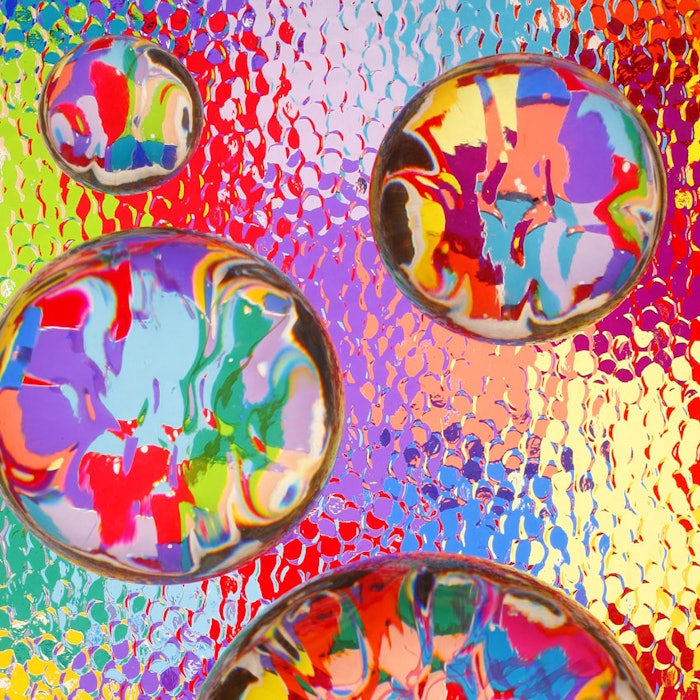
The freshness and juiciness of fruit flavors, especially in beverages, often are the handiwork of acetaldehyde. The volatility of this material also provides lift to aromas, contributing to the olfactive impact of flavors; however, it poses significant use challenges.
With a boiling point of 20-21°C, it tends to evaporate during handling. This is not only a fire hazard, it is also unhealthy to personnel if they are over-exposured to it; even after it's been incorporated into a liquid flavor, acetaldehyde can be lost due to evaporation. Furthermore, acetaldehyde is very reactive. With alcohols in flavor formulations, it forms acetals and can engage in aldol condensation reactions. It also is susceptible to oxidation and can trimerize to form paraldehyde.
These reaction products can change the character of the flavor and even contribute unwanted off-flavors. For these reasons, Firmenich focused on developing precursors to acetaldehyde that remain stable until the acetaldehyde is released, via glassy particles, into a food or beverage. The following patent application explains.
Glassy, pro-flavor delivery particles
WIPO Patent Application WO/2016/102426
Publication date: June 30, 2016
Assignee: Firmenich SA
Described herein are flavor particles containing encapsulated precursors of acetaldehyde. In particular, the glassy particles or beads are created by blending, in an extruder: a) a compound selected from a specific group (see details in the original patent application) and 5-(2-(l-ethoxyethoxy)propan-2-yl)-2-methyl-2-vinyl-tetrahydrofuran; b) a carrier comprised of a carbohydrate; c) optionally, a lubricant; d) water; and e) optionally, an emulsifier. These materials are heated to a temperature sufficient to form a molten mass then extruded, cut into granules and cooled to form glassy particles.










